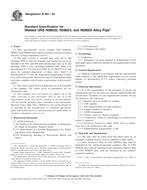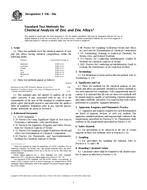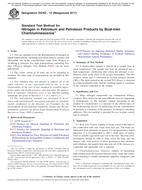1.1 This practice establishes the procedure for melting or heating, or both, of hot-applied joint and crack sealants and fillers in preparation for the making of test specimens used in the laboratory evaluations of the sealants and fillers. Refer to the specific standard material specification for sampling requirements, test sample quantity, temperatures and times for melting and heating, and the number of specimens required for testing.
1.2 This practice is applicable to the hot-applied joint and crack sealants and fillers used in both portland cement and asphaltic-concrete pavements.
1.3 The values stated in either SI units or inch-pound units are to be regarded separately as standard. The values stated in each system may not be exact equivalents; therefore, each system shall be used independently of the other. Combining values from the two systems may result in non-conformance with the standard.
1.4 WARNING– Mercury has been designated by EPA and many state agencies as a hazardous material that can cause central nervous system, kidney and liver damage. Mercury, or its vapor, may be hazardous to health and corrosive to materials. Caution should be taken when handling mercury and mercury containing products. See the applicable product Material Safety Data Sheet (MSDS) for details and EPA's website – http://www.epa.gov/mercury/faq.htm – for additional information. Users should be aware that selling mercury and/or mercury containing products into your state may be prohibited by state law.
1.5 This standard does not purport to address all of the safety concerns, if any, associated with its use. It is the responsibility of the user of this standard to establish appropriate safety and health practices and determine the applicability of regulatory limitations prior to use. For specific precautions see Section 7.
Product Details
- Published:
- 12/01/2010
- Number of Pages:
- 5
- File Size:
- 1 file , 180 KB
- Redline File Size:
- 2 files , 340 KB


